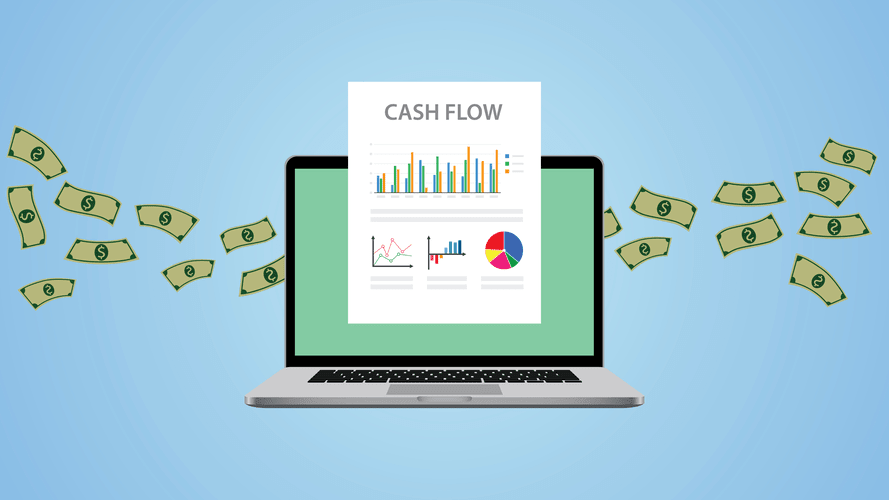
In the world of business and economics, understanding costs is crucial for making informed decisions. Whether you’re a business owner, manager, or student of economics, grasping how to calculate marginal cost can give you valuable insights into production efficiency and pricing strategies. In this guide, we’ll dive deep into the world of marginal cost, exploring what it is, why it matters, and most importantly, how to calculate it. Calculating marginal cost is vital for any Bookstime business aiming to optimize its production and pricing strategies.
- While marginal cost focuses on the cost of producing one more unit, average cost spreads the total cost across all units produced.
- In short, the change in total cost arises when the quantity produced changes by one unit.
- Understanding this concept is pivotal for making informed decisions about pricing, production levels, and optimizing operational efficiencies.
- The Marginal benefit represents what consumers are willing to pay for one more unit of a good.
- Initially, costs decrease due to economies of scale but rise later as production increases due to capacity constraints and higher input costs.
- Whether you are a beginner or looking to advance your Accounting and Finance skills, The Knowledge Academy’s diverse courses and informative blogs have got you covered.
- The warehouse has the capacity to store 100 extra-large riding lawn mowers.
Practical Tips for Accurate Marginal Cost Calculations

Also, you don’t have to purchase additional equipment or move into a larger facility. Understanding and utilizing the concept of marginal cost can be a game-changer in the business world. As such, the accurate calculation and interpretation of the marginal cost are indispensable to sound financial decision-making. Marginal cost is the additional cost incurred by producing one more unit of a product. By applying this concept to budgeting, resource allocation, and decision-making, you can identify opportunities for efficiency and cost savings.
Decision-making on production levels
- At some point, though, the word gets out about how great their wallets are, and more people want to buy them, so there is a very high demand for them.
- This helps you determine the sweet spot between increasing production and maximizing profits.
- The marginal cost slope will vary across company and product, but it is often a U-shaped curve that initially decreases as efficiency is realized only to later potentially exponentially increase.
- If the cost of producing an additional unit is too high, businesses may decide to allocate resources elsewhere.
- In this blog, let’s understand this concept for effective decision-making, regardless of the size of the business.
On the other hand, if you need to move into a larger facility or purchase new equipment to produce additional goods, your average cost per unit might go up. With this calculation, the company can ascertain that the cost of producing each additional unit of clothing is $80. This detailed analysis aids in understanding the financial implications of ramping up production, helping the company decide if the increase is financially prudent. Understanding and accurately calculating marginal cost is vital in microeconomics and business decision-making. From pricing strategies to financial modeling and production plans to investment valuations — marginal cost insights can be crucial in all these areas.
What is the relationship between marginal cost and level of production?
By implementing marginal cost calculations in your financial analysis, you can improve the accuracy of your forecasts, make more informed decisions and potentially increase your profitability. Economies of scale occur when increasing the production quantity reduces the per-unit cost of production. This is due to the spreading of fixed costs over a larger number of units and operational efficiencies. Marginal cost’s relationship with the production level is intriguing and has significant implications for businesses.
- You begin making 100 bracelets daily, with a total cost of £500 including materials and labour.
- Fixed costs do not contribute to the change in the production level of the company and they are constant, so marginal cost depicts a change in the variable cost only.
- It provides a clear picture of the cost implications of producing additional units, enabling businesses to make informed decisions.
- The Knowledge Academy offers various Management Courses, including the Costing and Pricing Training, Supplier Quality Management Training, and Business Sustainability Course.
- In the initial stage, the cost of production is high as it includes the cost of machines, setting up a factory, and other expenses.
- It is a key indicator that businesses use to analyze the cost-benefit ratio of increasing production.
- For example, a company might reduce the price per unit by buying supplies in bulk or negotiating with suppliers for volume discounts.
Utilising Marginal Cost analysis assists managers in optimising business performance across multiple aspects such as production, pricing, and resource allocation. In addition to business, Marginal Costis important in environmental sustainability, government policy, and financial analysis. Note that the marginal cost represents the change in the cost of ledger account a good, not the total cost of the good itself. AVC is the Average Variable Cost, AFC the Average Fixed Cost, and MC the marginal cost curve crossing the minimum of both the Average Variable Cost curve and the Average Cost curve.

When marginal costs equal marginal revenue, then you’ve maximized the profits you can earn on that product. To sell more, you’d need to lower your price, which would mean losing money on each sale. Marginal costs typically decrease as companies benefit from economies of scale—the cost advantages experienced by a business when it increases its output level. For example, a company might reduce the price per unit by buying supplies in bulk or negotiating with suppliers for volume discounts. Since marginal cost equals the slope of the total cost curve (or the total variable cost curve), it equals the first derivative of the total cost (or variable cost) function.
- In economics, marginal cost is the change in total production cost that comes from making or producing one additional unit.
- Understanding and utilizing the concept of marginal cost can be a game-changer in the business world.
- Understanding your marginal cost can make or break your business decisions.
- If producing 100 sneakers costs $1,000 and producing 101 sneakers costs $1,010, the marginal cost of production for the 101st sneaker is $10.
- The best production level happens at the point where the Marginal Cost curve changes direction.
- By knowing marginal cost, you can optimize production, manage costs efficiently, and set better pricing strategies.
For instance, if producing more units results in a higher marginal cost than the price you can sell them how to calculate marginal cost for, it’s a signal to scale back production numbers. By calculating the cost of producing one more unit, you gain a deeper insight into how scaling production affects your overall expenses and profitability. For example, if the farm decides to plant an extra field, marginal costs could include additional fertilizer, labor, and water. When marginal cost is lower than the price of the product, it shows that increasing production can lead to higher profits. Marginal cost reveals the expense of producing that extra unit, helping you make informed decisions that can significantly affect your bottom line. Several factors affect the marginal cost formula in economics and application.

The Marginal Cost Curve

This can occur for various reasons, such as increased complexity of operations, higher raw material costs for additional units or limited production capacity. As production increases, you might experience economies of scale, where marginal cost decreases due to increased efficiency. Conversely, diseconomies of scale can occur when production becomes less efficient at higher volumes, causing marginal cost to rise. Marginal cost refers to the change in total production cost that comes with producing one additional unit of a product. On the other hand, the average cost is the total cost of manufacturing divided by the total units produced. The average cost may be different from marginal cost, as marginal cost is often not consistent from one unit to the next.